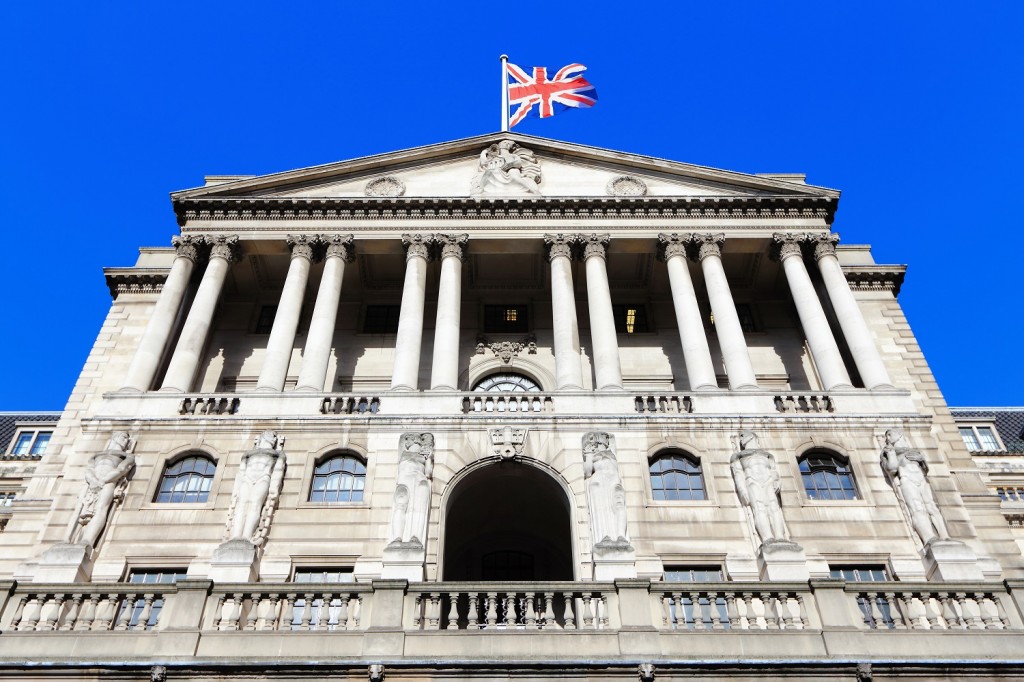
Here’s something to contemplate: the last time Base Rate was above 1%, in January 2009, Gordon Brown was Prime Minister, the world was gripped by the financial crisis and Bitcoin was less than a week old.
For the first time in nearly a decade and a half, the notion of base rate rising above 1% is becoming a very real prospect.
With inflation soaring to levels not seen since the early 1990s, the Bank of England (BoE) has had little choice but to raise interest rates, first in December, then in February and March, with the benchmark rate now at 0.75%.
As history shows, there is always a lag between a rate rise and a noticeable shift in inflation. The BoE has taken ‘baby steps’ so far, increasing rates incrementally in order to avoid choking off the economic recovery from Covid, and so most observers agree further rate rises will be necessary.
It is expected that rampant energy prices will keep inflation high for all of 2022 and much of 2023, which is why markets are convinced that Base Rate would hit 2% before the end of the year.
If that turns out to be right, then we can expect at least two – and probably more like three or four – further base rate increases this year. However, more recent indications are that reaching 2% might be an over expectation. As everyone reading this column will know, while fixed rate pricing is more directly correlated to SWAPs than Base Rate; when base rate does rise, it eventually leads to an increase in mortgage rates.
We have already seen this in the market, with lenders repricing en masse since December. That, I think, will be a recurring theme of 2022 and I would not be surprised to see five-year money approaching 4% by the end of the year in the specialist buy to let sector
What we must bear in mind is that this will be unchartered territory for a lot of borrowers, many of whom have only ever known sub-1% Base Rate and rock-bottom mortgage pricing.
The trouble with a steady interest rate environment is that borrowers tend to get complacent. They know they won’t be punished if they drag their heels a little bit.
When rates are low and steady, it does not really matter very much if your mortgage offer expires. You simply ask for an extension safe in the knowledge that you’ll get a similar – if not identical – offer.
However, things get a lot more complicated in a rising rate environment – and I am not sure borrowers are prepared for that.
When rates are rising, allowing your mortgage offer to expire can be very problematic indeed.
Firstly, if rates have increased, it means the borrower will need to go through stress testing again, which adds unnecessary admin and workload on underwriting teams.
And secondly, because the stress test is done on the product rate it is very likely the borrower’s new offer will be noticeably lower. That is, of course, unless the borrower has excess rent to call upon, which is unlikely in marginal cases.
Therefore, I think it’s important that brokers and lenders begin to make it clear to borrowers that, going forward, complacency will cost them.
A mortgage offer is no longer something that can be renewed on a whim and on similar terms; it may be a case of use it or lose it.
We often find landlords like to hold off on their remortgage so they can tie it in with a future purchase. That’s fine when rates are steady but it’s not a wise strategy when they are rising.
Instead, it makes more sense to grab hold of the best mortgage rates while you can, because there is no telling whether or not they will be around in a week or two.
The borrowers who do not do this risk either paying more than they could have done for the mortgage or, worse, find that their mortgage offer has been reduced and potentially miss out on a purchase.
We’ve lived in a low-rate bubble for as long as anyone can remember. Now it’s our job to educate borrowers that things may not be as easy as they used to be.
David Whittaker is chief executive of specialist Keystone Property Finance



